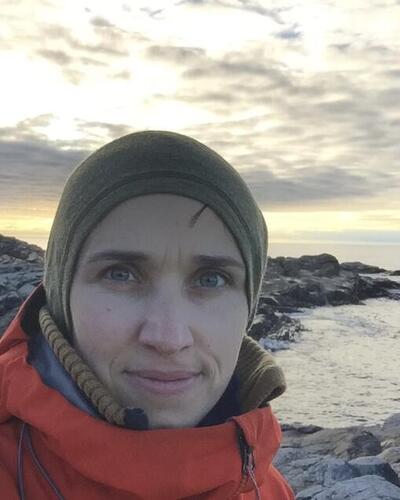The late glacial termination in South Africa: Speleothem-based reconstruction of hydroclimate
This Master's project was designed for Cynthia Arend who started her Master's program in Earth Sciences, UiB, in the fall semester 2023. The Master's project is given by the research group Quaternary geology & paleo climate.
Main content
Project description
This project is connected to the SapienCE Center of Excellence that seeks to better understand the link between human evolution in South Africa and climate. Archeologists are aiming to understand how populations of hunter-gatherers have adapted to the marked environmental changes that occurred through the last glacial termination. In South Africa, few archeological sites can provide insights into this period and one of them is Klipdrift cave with cave occupation recorded from 14-11 ka, encompassing a period of pronounced climatic changes associated with the Younger Dryas cold period. Analysis of faunal samples (i.e., mammal remains and shellfish) in the deposits have been used to reconstruct population size and signs of adaptation to paleo-landscape and environmental changes.
Stalagmites are key natural archives to reconstruct past climate: they can be accurately and precisely dated by radiometric methods and their presence in caves shelters them from potential degradation. The classic approach for reconstructing hydroclimate is the variability of oxygen isotopes in the calcite, which, in South Africa, reflects mainly a combination of rainfall amount and rainwater sources. Ratios of certain trace elements to Calcium in the calcite complement the stable isotope record as they are a proxy for local hydroclimate. In combination, the two approaches allow reconstructing local precipitation as well as larger-scale regional circulation patterns.
How did hydroclimate vary in South Africa between 15-11 ka, in comparison to known climatic changes elsewhere? Can drivers of climate changes be identified? Do we find links between the archeological record and the hydroclimate reconstruction?
The master student will work on a stalagmite that was collected at Klipdrift sea cave, adjacent to the Klipdrift cave archeological site. Preliminary dating indicates that the growth phase of the stalagmite (∼15-11 ka) overlaps with the occupation phase at Klipdrift cave (∼14-11 ka). U-Th dating will be performed to establish a precise and robust age model. Oxygen and Carbon isotope analyses will be performed at FARLAB. Sr/Ca ratios will be obtained by XRF scanning at Earthlab to complement the isotopic record. The data will be compared to existing data from other stalagmites, marine records, ice cores and climate model simulations.
Proposed course plan during the master's degree (60 ECTS):
Fall semester:
GEOV222 (10P)
GEOV243 (10P)
GEOV324 (5P)
Spring semester:
GEOV345 (5P)
GEOV342 (10P)
GEOV231 (10P)
GEOV228 (10P)
Felt- lab- and analysis work
Labwork ~ 6 months, including U-Th dating, XRF scanning and Oxygen and Carbon isotope analyses.


